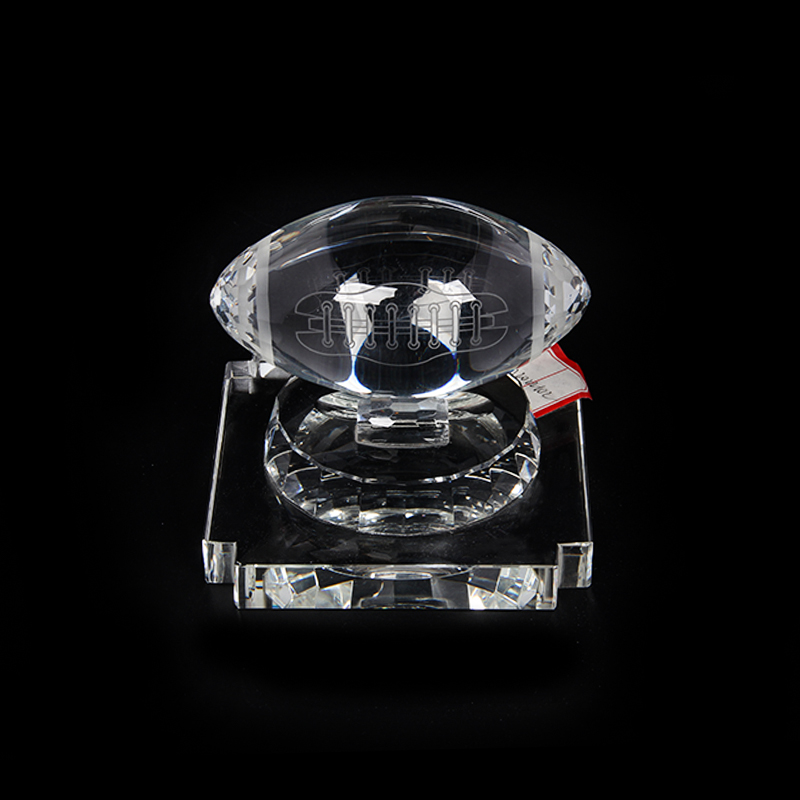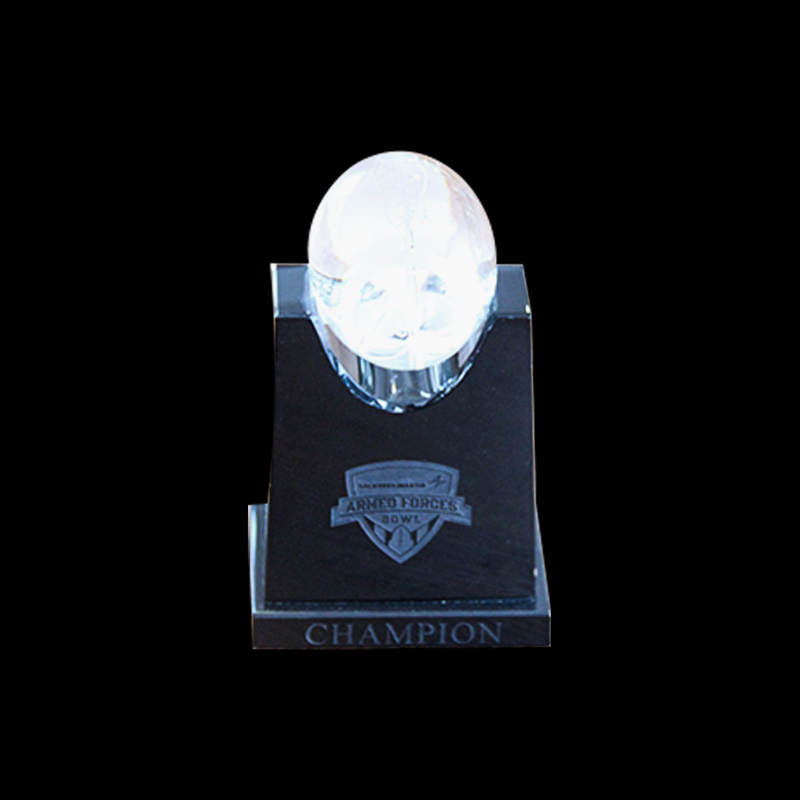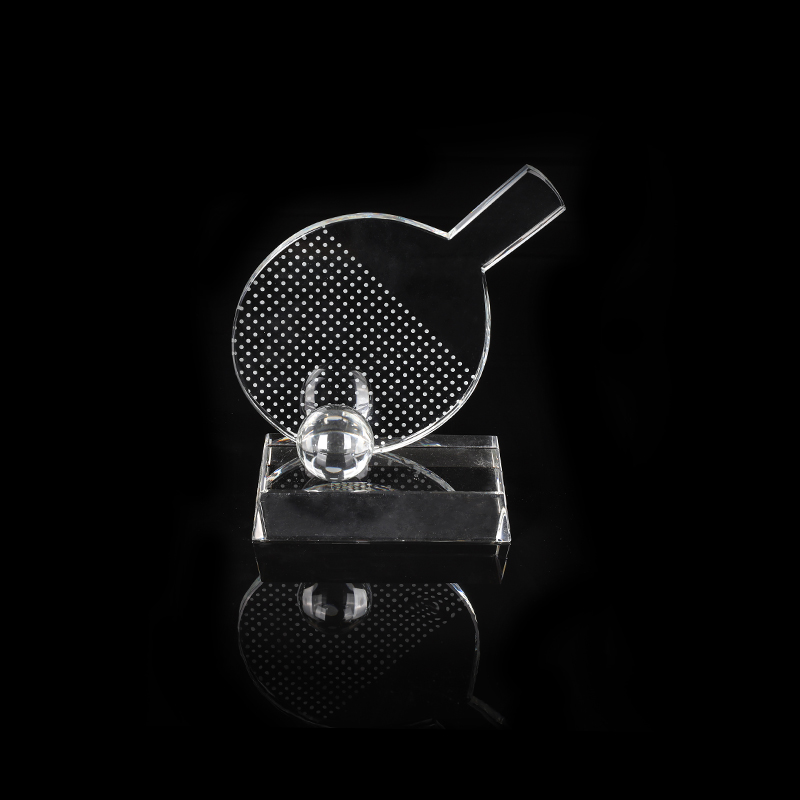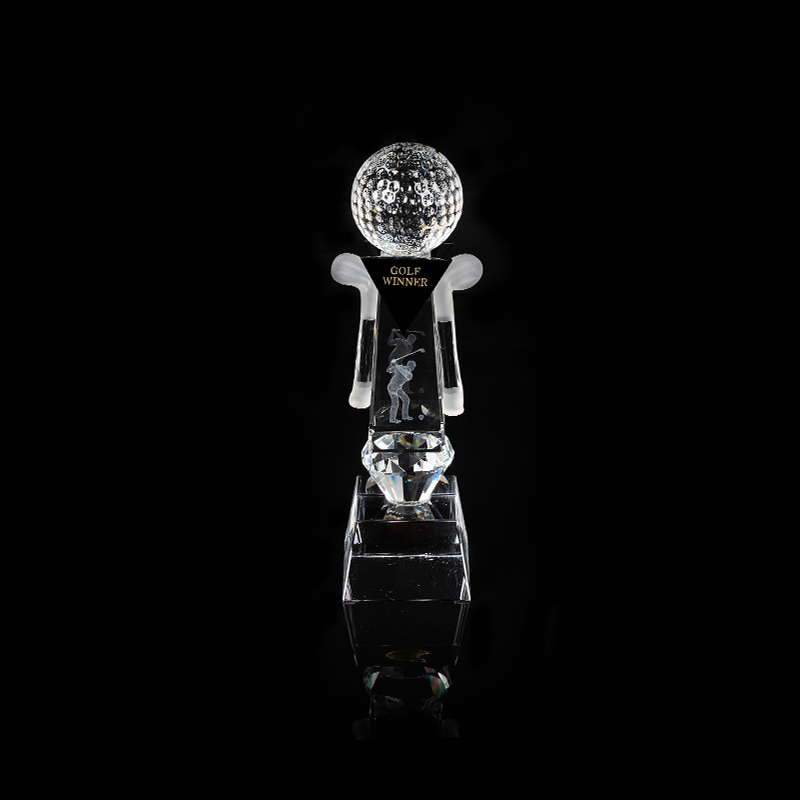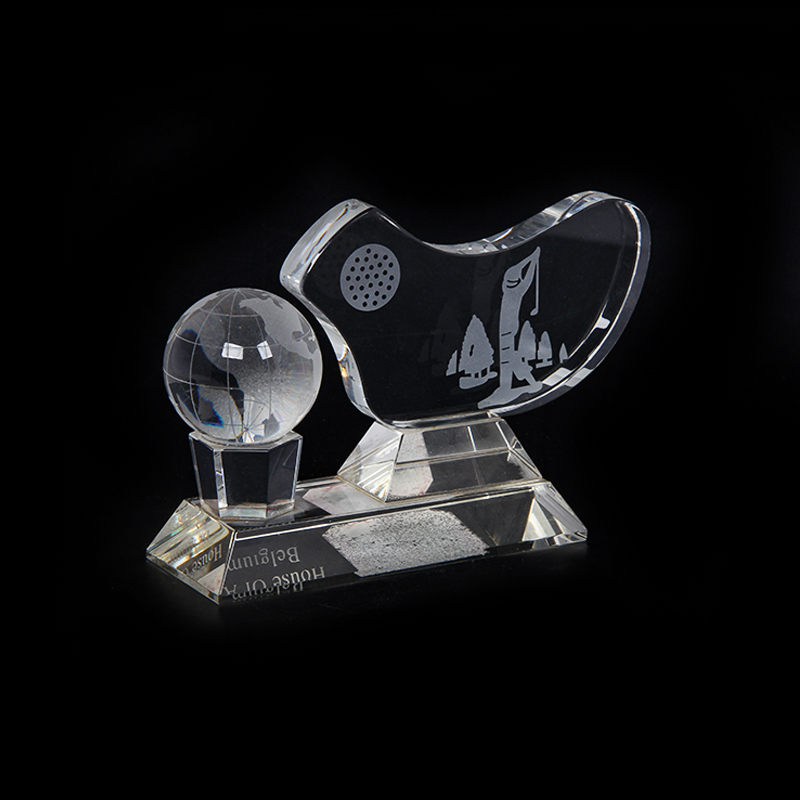Crystal pyramids are often appreciated for their clear lines, balanced geometry, and the calm energy they bring to interiors. Whether used as decorative pieces, meditation tools, or thoughtful gifts, these objects are meant to project a sense of precision and harmony. Yet even small surface flaws can influence both their appearance and the impression they leave.
Understanding why chips, edge wear, or subtle scratches occur—and how they affect a Crystal Pyramid or Angelite Pyramid—can help customers make informed decisions about purchasing, displaying, and caring for these products. This perspective is especially important for collectors and retailers who want to maintain consistent standards.
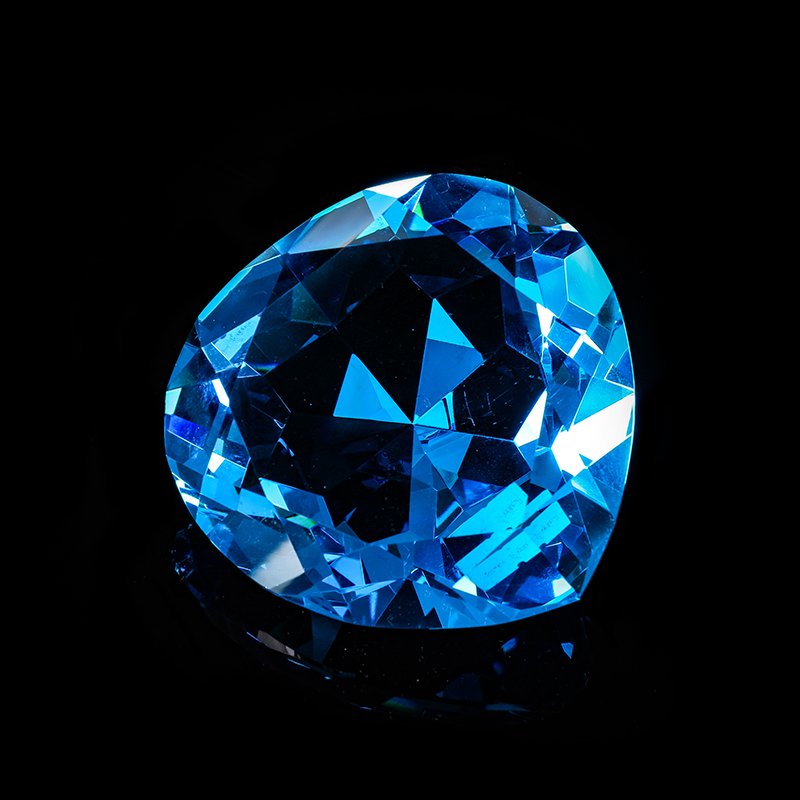
How Chips Form During Handling and Display
It’s common to think that a chip appears only when a crystal pyramid is dropped. While impact is one factor, there are other reasons small flaws develop over time.
For example, frequent movement across a hard shelf or rotating the pyramid to find a preferred angle can gradually weaken sharp corners. In some cases, improper packing materials create pressure points that result in chipping even during transport.
Angelite Pyramid items can be more prone to these minor losses along the edges because the mineral itself is softer compared to quartz or other dense materials. Even light knocks or scraping against a neighboring object can leave a mark.
Being aware of these possibilities can help users take simple precautions, like placing a soft fabric pad under each piece or avoiding repeated repositioning.
The Effect on Visual Clarity
A Crystal Pyramid depends on clean edges and smooth faces to refract and reflect light evenly. Small chips can scatter light in ways that interrupt the uniform appearance, making the pyramid look uneven under display lighting.
While a chip may be physically minor, it can catch the eye if it contrasts sharply with an otherwise flawless surface. For decorative or ceremonial uses, this change in clarity can be distracting.
Angelstone pyramid specimens typically have a uniform light blue hue, with the chips likely to stand out as lighter or rougher spots. Maintaining the surface integrity is part of preserving the pleasing visual impact that attracts so many to the stone.
Stability and Structural Considerations
Even when small, chips can have a cumulative effect on the structural strength of a pyramid. Repeated contact with hard surfaces or corners can produce hairline fractures that spread over time, especially in softer stones.
This doesn’t mean a single flaw will always result in breakage, but it does create a more vulnerable area. For anyone displaying crystal pyramids in high-traffic spaces or retail environments, placing them on stable surfaces and using display cushions can help limit the chance of progressive damage.
Maintaining Consistent Product Quality
For retailers and resellers, understanding how chips form and what they mean is essential to providing consistent quality to customers. A Crystal Pyramid with a small chip may still be structurally sound and suitable for personal use, but it might not meet certain presentation standards.
Being clear about grading criteria and describing small imperfections honestly builds customer trust. Some companies offer discounted pricing on items with minor flaws that don’t compromise function but may affect appearance. Clear policies and open communication help manage expectations and avoid returns.
Protective Steps to Reduce Chipping
Customers and store owners alike can take practical steps to protect crystal and Angelite Pyramid pieces:
Packaging: Always wrap each pyramid individually in soft material and avoid stacking them directly.
Display: Use padded bases or acrylic risers with protective surfaces.
Handling: Wear gloves or handle with clean hands to avoid introducing oils and debris that can weaken surfaces over time.
Environment: Keep displays away from edges or unstable surfaces where items could fall.
These small precautions often make the difference between an object that stays pristine and one that picks up avoidable marks.
When Small Chips May Be Acceptable
While collectors often prefer unblemished pieces, some users see minor chips as part of a crystal’s unique history. For those using pyramids in spiritual practices, a small imperfection does not necessarily detract from the intended purpose.
Angelite Pyramid and Crystal Pyramid items with slight edge wear can still provide aesthetic and functional value, particularly if they will be used in private spaces where visual uniformity is less important. The key is knowing whether a small flaw affects structure or is only a cosmetic concern.
Balancing Visual Standards and Practical Use
Crystals will always reflect the natural properties of the minerals they come from, which means some variation is inevitable. Small chips don’t automatically mean a pyramid has lost its value or purpose. However, for businesses selling decorative items or gifts, taking care to prevent and disclose even minor imperfections helps maintain a professional reputation.

 English
English 中文简体
中文简体 عربى
عربى

